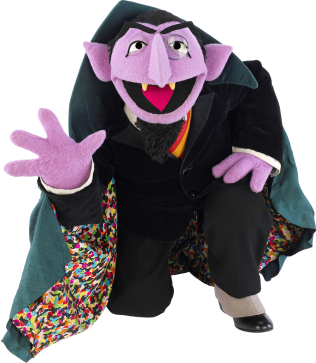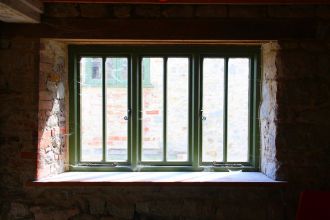 Software giant Microsoft appears to have lost count with Windows 9 and has instead jumped to Windows 10 as the next version of its operating system.
Software giant Microsoft appears to have lost count with Windows 9 and has instead jumped to Windows 10 as the next version of its operating system.
Microsoft today skipped a number and announced Windows 10, the OS formerly known as Threshold and the successor to Windows 8/8.1.
Windows head Terry Myerson said during a press event with a small gathering of reporters in San Francisco that Windows 10 will be Vole’s most comprehensive platform ever and “it wouldn’t be right to call it Windows 9”.
We can’t see the logic of this, sure coming up with a different name is one thing, but changing the number order just says “we can’t count and Mrs “Hookjaw” Anderson is going to terrify us when we have to show up at her maths class to recite our seven times table.”
So what is really so different? Windows 10 is designed to run on a wide range of devices with screen sizes running the gamut from four inches all the up to 80 inch surface. Microsoft will have a single application platform with one integrated Store to deliver Windows experiences across all those devices.
Unfortunately, for those of us who use real computers this means that Windows 10 has been built for a “mobile-first, cloud-first world”. This means more of all the sort of thinking that made Windows 8.1 useless to serious computer users.
However, word on the street says that Windows 10 looks a bit like Windows 7. It has a hybrid Start menu that combines Windows 7 era features with Windows 8 style tiles.
Microsoft appears to have realised that it has to think about the enterprise so that business users coming from Windows 7 or Windows 8 so they can hop right in and be productive. Microsoft’s second priority is “modern management” of lots of computers.
The “Modern UI” hacked off power users has gone in Windows 10. In place of the Modern UI are Live Tiles integrated into the right side of the Start menu on the Desktop. On the left side are pinned and frequent apps.
There’s also a refreshed taskbar with a new “task view” that presents all of your running apps. Windows 10 allows you to tile up to four apps on the same screen.
There is a command prompt that allows you to use keyboard shortcuts, along with copy and paste, and a Charms Bar that may or may not make it into the final cut.
We expect to see a technical preview of Windows 10 next week and the launch of the OS by spring 2015, assuming that Microsoft can count that far.
 If you’re thinking of buying a notebook now, complete with Windows 8.1 and current Intel chips, it may be time to postpone your buying decision.
If you’re thinking of buying a notebook now, complete with Windows 8.1 and current Intel chips, it may be time to postpone your buying decision.





